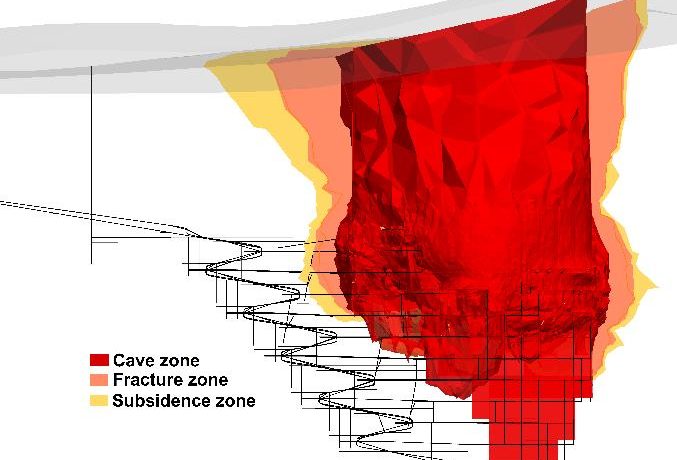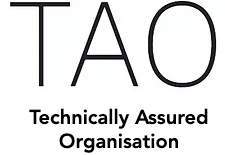THE PROJECT
The Kitumba Copper Project, 200 km west northwest of the Zambian capital, Lusaka is being evaluated by Intrepid Mines for development of a 3 mtpa underground mine using the sub-level caving (SLC) mining method. The footprint of the proposed mining area is about 300 m by 450 m. The depth of mining starts at 200 m below ground level and extends down to 550 m. Access to the SLC areas is via a box cut, linear and spiral declines. Four proposed shafts will provide airways, ore passes and escape shafts.
PSM was engaged to provide geotechnical services for scoping, pre-feasibility and definitive feasibility studies.
ENGINEERING AND TECHNICAL OPPORTUNITIES
Kitumba has complex geotechnical conditions. It has multiple intrusions and is one of the most deeply weathered and intensely altered iron oxide copper gold deposits in the world. The principal structural feature is a broad fault zone which is also interpreted to be a branching of numerous faults and sheared zones.
During the scoping study there was minimal geotechnical drilling and data testing and no in situ measurements.
APPROACH AND INNOVATION
Following a rigorous assessment, PSM’s tailored approach included:
- Provision of geotechnical inputs for a broad assessment of open-pit versus underground mining options
- Geotechnical assessment of sub-level open stopes with paste fill and caving methods (pre-feasibility)
- Planning and evaluation of the geotechnical drilling and testing program followed by data interpretation and detailed geotechnical assessment of sub-level caving method (definitive feasibility)
- Development of geotechnical model using the effect of weathering as the basis for the rock mass classes
- 2D and 3D representation of the geotechnical model to assess spatial distribution of rock mass classes and major structures with respect to proposed SLC layout
- Use of empirical methods for preliminary assessment of cave stability
- FLAC3D numerical modelling for detailed assessment of cave initiation, propagation and ground subsidence.
OUTCOMES
PSM successfully provided geotechnical services to support mine planning and design from scoping to definitive feasibility study. PSM developed and successively refined a geotechnical model that reflects the range of geotechnical conditions likely to be encountered within the cave area and the development workings.
Services: #3dmodelling #cavingmethod #coppermine #geotechincal #kitumba #zambia







